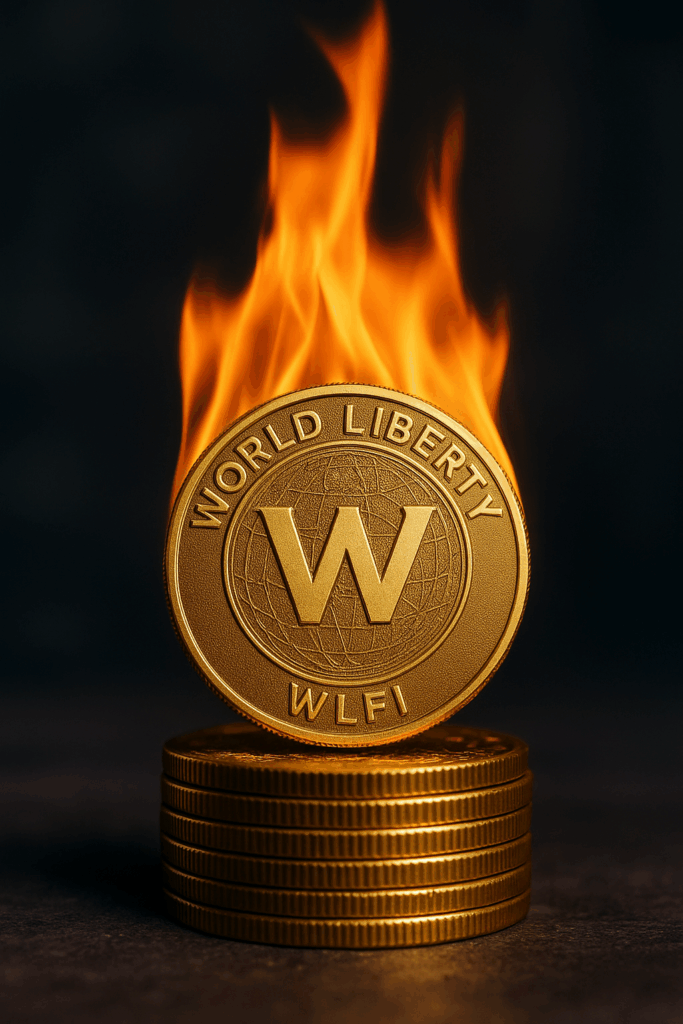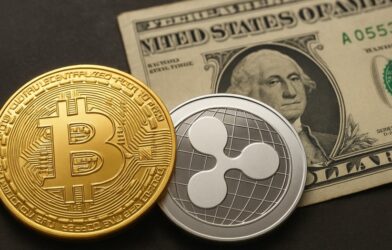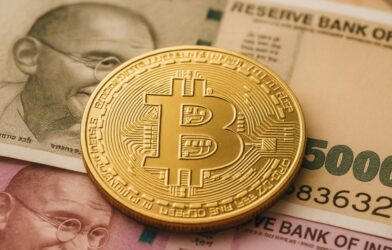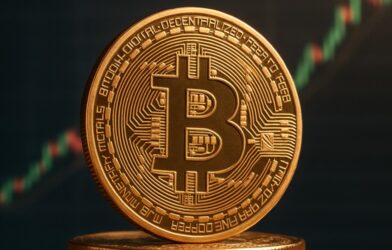Quick take: World Liberty Financial (WLFI) — the high-profile crypto project tied to the Trump family — burned 47 million WLFI tokens in an emergency move this week as the token continued a sharp post-launch decline. The burn removed roughly 0.19% of circulating supply and appears designed as a short-term scarcity play while the team pushes a broader buyback-and-burn proposal — but market reaction was muted and questions about token unlocks and insider concentration remain.
What happened
On-chain monitors reported that World Liberty sent 47,000,000 WLFI to a verified burn address on or around September 2–3, 2025, permanently taking those tokens out of circulation. The burn was publicly visible on Ethereum explorers and first flagged by crypto trackers that follow major project moves. The team framed the action as a step to “support price stability” after a volatile listing.
The numbers (short and sharp)
- Tokens burned: 47,000,000 WLFI
- Share of supply removed: ~0.19% of circulating supply — lowering total from about 100,000,000,000 to ~99,953,000,000 WLFI
- Price movement: WLFI launched to public trading around $0.331 but quickly fell; recent trading was near $0.22–$0.24, a drop of roughly 25–31% from the launch high. The burn did not immediately reverse that slide.
Why a burn? What the team says
Token burns are a classic mechanism to increase scarcity — removing tokens reduces supply mathematically, and projects hope that scarcity plus positive sentiment will bid prices higher. World Liberty’s team simultaneously floated a buyback-and-burn program funded by protocol fees that would run if the community approves further measures — positioning the 47M burn as an initial, tactical step. The announcement emphasized support for long-term holders rather than trading-day manipulation, according to the project’s statements.
Market reaction and skepticism
Despite the burn, markets were skeptical:
- Minimal immediate effect: Price moved only briefly and continued to trade well below the launch peak, suggesting the burn size (0.19%) is too small relative to total supply and market liquidity to singularly reverse the downtrend.
- Unlocks & concentration: Reporting shows substantial token unlocks and a concentrated allocation to early supporters and insiders — circumstances that raise valid concerns about selling pressure when lockups expire and about conflicts of interest given the project’s celebrity backers. Critics argue a small burn won’t counterbalance heavy selling from large holders.
- Regulatory and reputational angle: Celebrity-linked tokens attract extra scrutiny; any sign of preferential insider treatment or opaque token mechanics tends to fuel sell-offs and regulatory attention.

How traders and analysts are framing it
Analysts fall into two camps:
- Optimists point to the burn and the buyback proposal as credible governance measures that could help bootstrap scarcity over time if the program is sizable and consistently executed. Some retail investors viewed the burn as a buying opportunity.
- Skeptics say this is a cosmetic fix — a 47M token burn on a ~100B supply is a drop in the ocean and may be more PR than policy unless follow-through measures (substantial buybacks, transparent lockups, decreased insider concentration) are implemented.
What to watch next
- Community vote / governance details — Will WLFI holders approve an ongoing buyback-and-burn funded by protocol fees?
- Token unlock schedule — Dates and sizes of future unlocks will materially affect supply pressure. Large upcoming unlocks could negate the burn’s effect.
- On-chain flows from major wallets — Continued large transfers or sales from concentrated holders would keep downward pressure despite burns. Watch whale wallets and exchange inflows.
- Regulatory signals — Given the project’s visibility, any regulatory statements or enforcement interest would be market-moving.
Bottom line
The 47 million WLFI burn is a visible, proactive move intended to signal the team’s willingness to defend price and reduce supply — but the scale is small relative to total supply and to the forces that pushed the token down (unlocking schedules, concentrated holdings, and early-stage volatility). Unless the burn is followed by transparent, repeatable buybacks or structural fixes to token economics and lockups, its ability to reverse the slide is uncertain. Traders and holders should treat the burn as one piece of a larger puzzle and monitor governance votes, unlock calendars, and on-chain whale activity closely.











